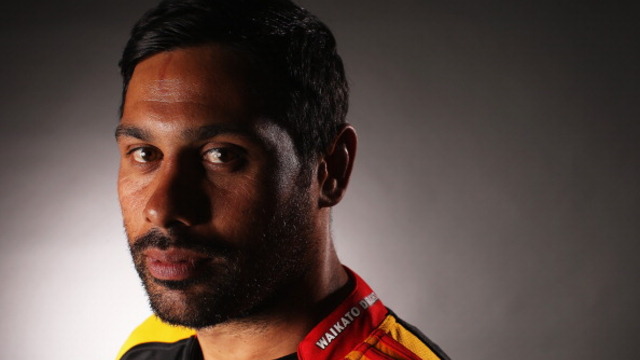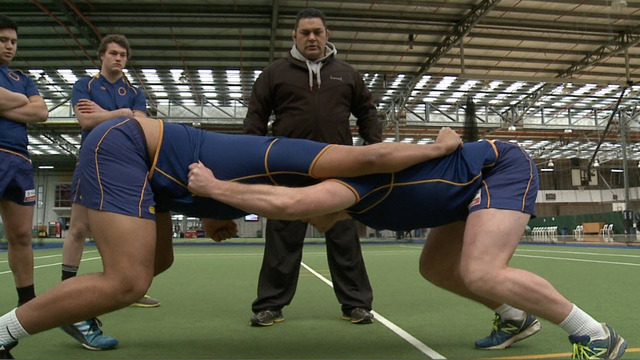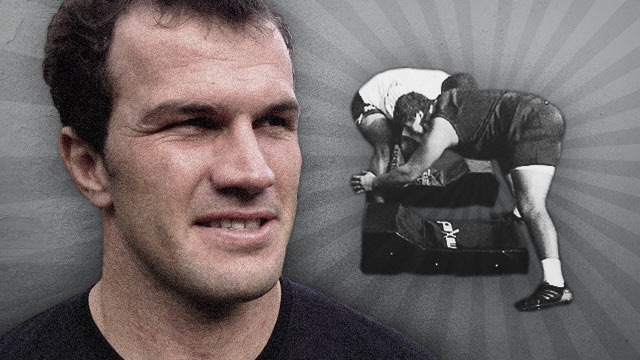The importance of restarts
Test rugby is currently in a cycle where the attack is in the ascendant. In the most recent major international tournament (The 2016 Rugby Championship), there were 69 tries scored over 12 games at a rate of 5.75 tries per game. An average of 52 points per game were scored over the course of the competition.
Lots of points and tries mean lots of restarts, and kick-offs can be one of the most direct ways of changing the momentum of the game. Your opponent has just scored, and you have the opportunity to exploit the momentary relaxation or ‘mental pause’ that tends to occur when that happens.
From this point-of-view, one of the most spectacular matches in recent memory was the 2015 World Cup group game between Scotland and Samoa. In the first half, Samoa were able to stay in this game purely through their ability to reclaim their own kick-offs and score quickly thereafter.
They repossessed three of their first four KO’s, scoring tries from the second and third opportunities. On the fourth occasion they forced a panicky exit from Scotland which resulted in another try on the following kick return. Three tries and 17 points in the first quarter represented an excellent return on their investment in shorter restarts!
Let’s take a look at some of the detail involved in Samoa’s kick-off policy.
The opening KO set the tone for the mayhem to follow:
• No ‘tells’ from the kicker! The kicker, Samoa’s number 10 Tusi Pisi, is aligned front-on and gives no clue where the kick is going to be targeted as he addresses the ball. Only in the kicking stride does he turn his body out to the left. Disguise is therefore maximised, and reaction time minimised for the receiving team.
• Wrinkles in the receiving formation. All the Scotland tight forwards are grouped together on (their) left, so they represent a potential area of attack if Samoa can win the ball back. On the (Scotland) right, the Samoa #5 and lineout leader Kane Thompson and their left wing Fa’atoina Autagavaia (who has played most of his rugby as a full-back) are set up opposite the two Scottish centres. This is a mismatch situation, with two aerial specialists up against two non-specialists.
• Accurate execution. Pisi targets the matchup between Autagavaia and Scotland’s #12 Matt Scott with a hanging chip just beyond the 40m line, and the Samoa wing fulfils the script by winning the aerial battle and knocking the ball down on the Samoa side.
At next restart (9:30), matters took an important step forward for the Pacific islanders:
Although Scott has swapped positions with his taller team-mate #6 Ryan Wilson, Autagavaia still wins the kick-off in the space between Wilson and #13 Mark Bennett. On this occasion he makes a clean catch which gives Samoa a chance to exploit those Scotland tight forwards on the far side of the field:



After one set-up phase, Pisi is able to create a clean break off by injecting his inside centre Ray Lee-lo through a gap between two of those tight forwards (Richie Gray and Ross Ford) off an in-pass. Samoa scored their first try of the game two phases later by continuing to move the ball out in the same direction, the side defended by Scotland’s tight forwards.
The third example (12:40) repeats the same process in a different form. Despite Wilson now being supported by a rear lifter, Autagavaia is still able to win the contest in the air and deflect the ball down into the hands of Lee-lo:


On the next phase, Samoa are once again able to exploit the group of Scotland tight forwards defending together over their left side:
At 12:48 the quick delivery from the Lee-lo ruck has created a huge gap in the Scotland defensive line between #4 Gray and #3 Willem Nel, who are still desperately trying to reset:

The Samoa forwards identify the space with good handling between #6 Fa’asavalu, #2 Leiataua and #1 Taulafo, and Samoa go on to score a try from a tapped penalty on the very next phase after the break has been made.
Summary
Especially for teams who like to play a movement-based game and shift the emphasis away from the set-piece, kick-off restarts represent an excellent opportunity to gain quick attacking momentum.
Shorter repossessible kick-offs can allow the kicking team to manipulate the receiving formation and pick their mismatches astutely.
Particularly in situations where the tight forwards are all grouped to one side of the field, if the restart can be reclaimed there is a ready area for attack waiting to be exploited over the next two or three phases.
With the current trend towards high-scoring games, own-ball kick-offs have effectively become a third attacking set-piece, with the defence often significantly less well-structured than it is from scrum or lineout!


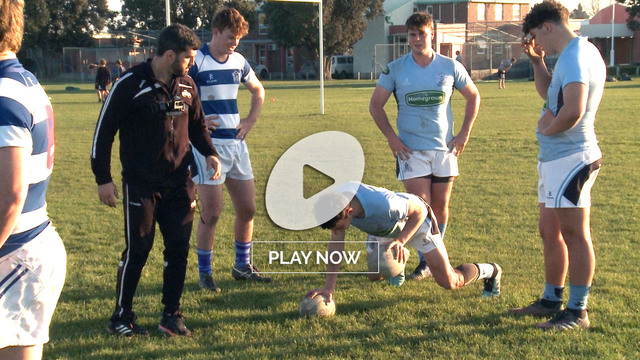
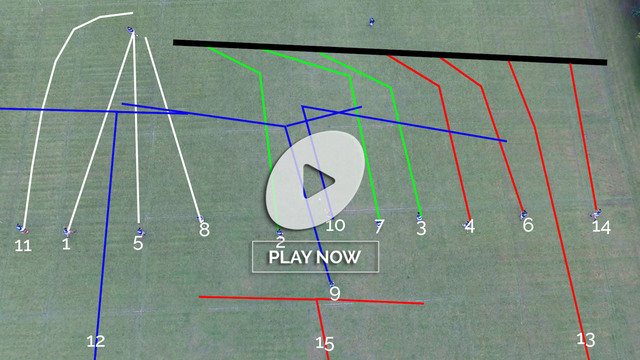

.jpg)
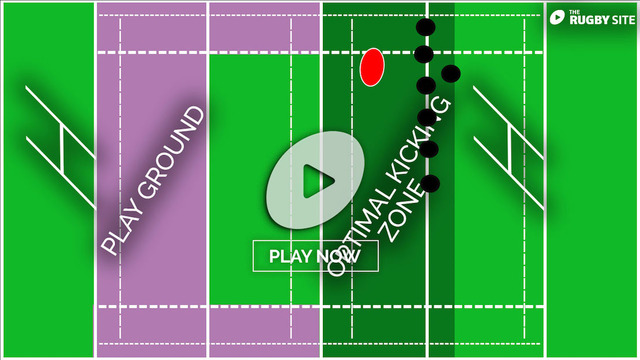
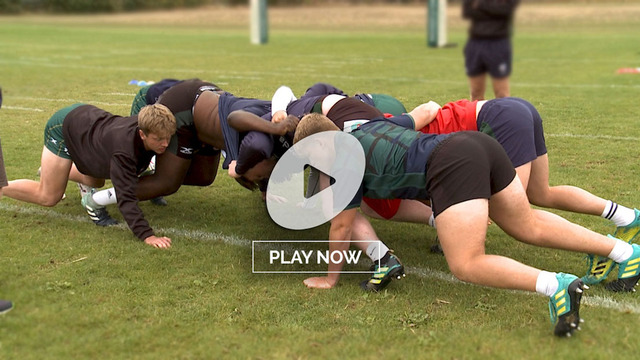
.jpg)
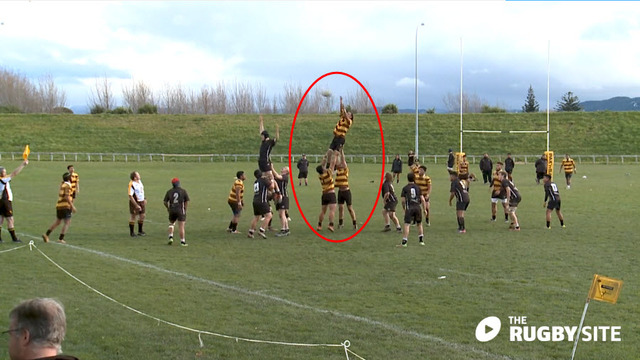
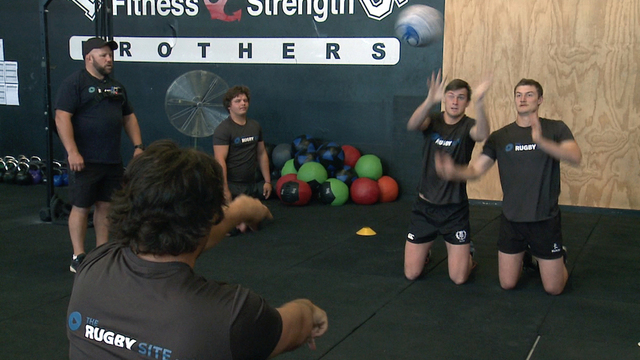

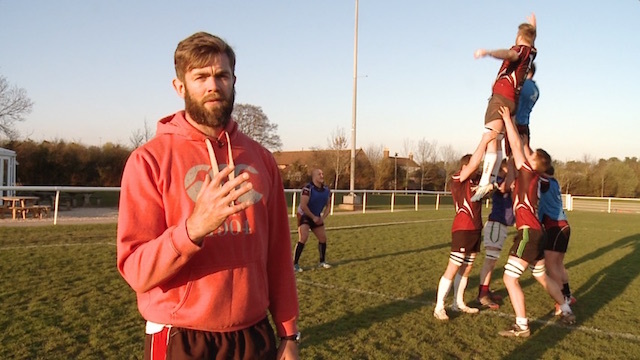
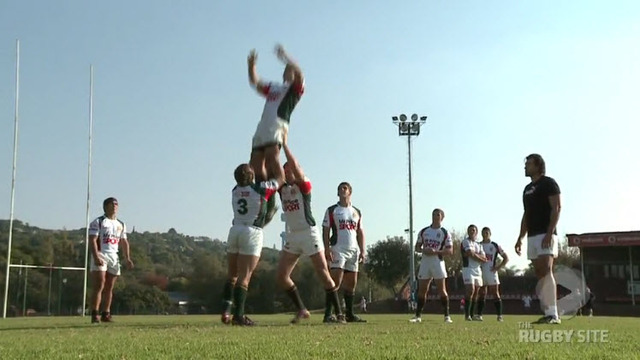
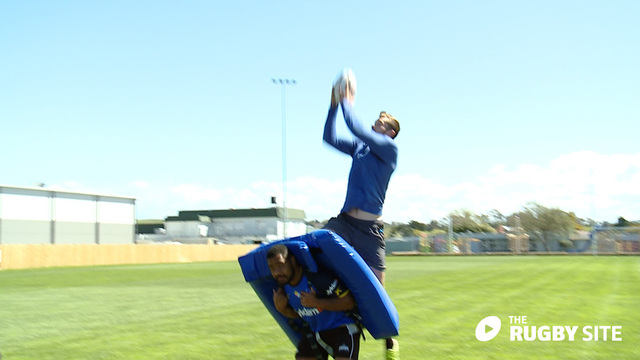
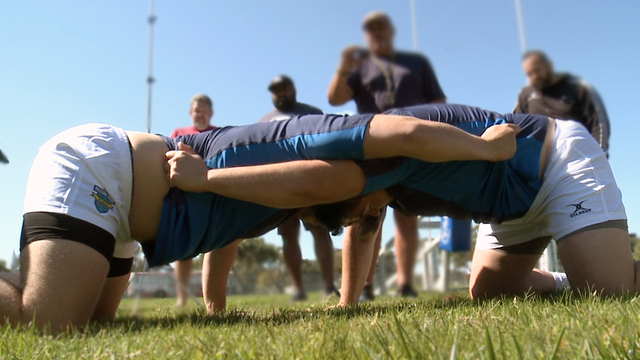
.jpg)
